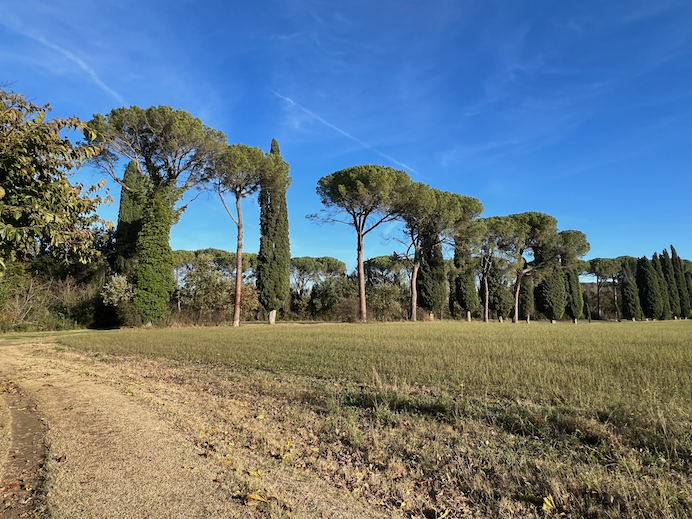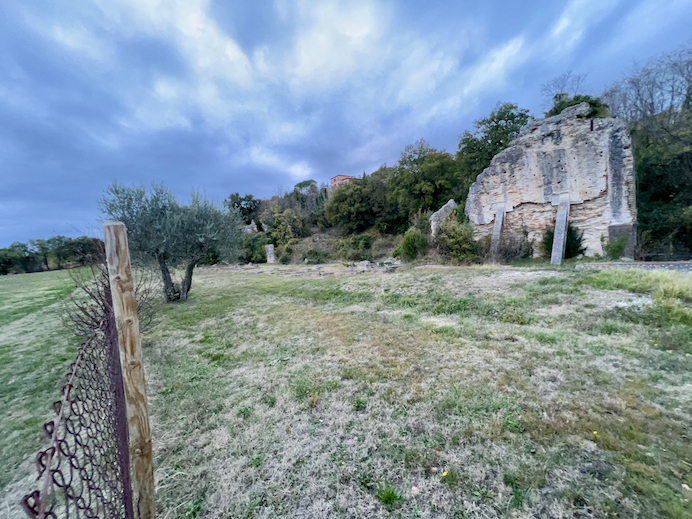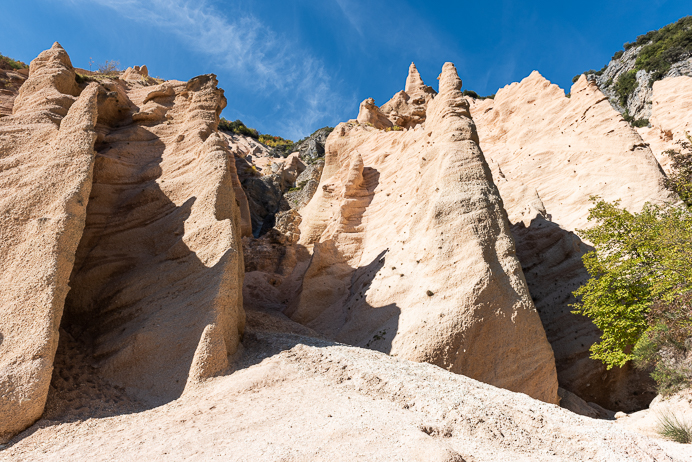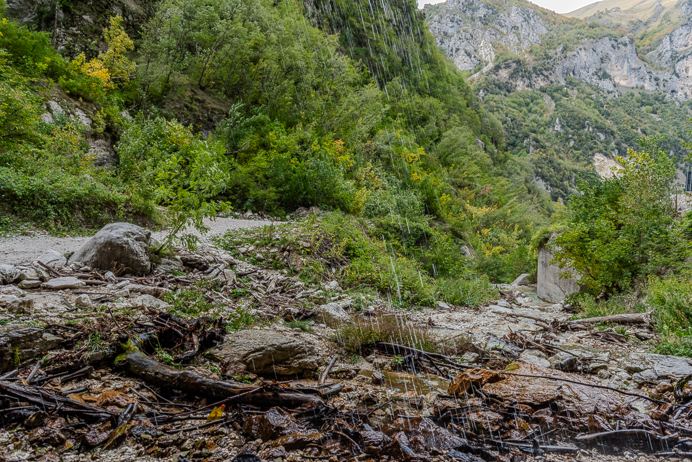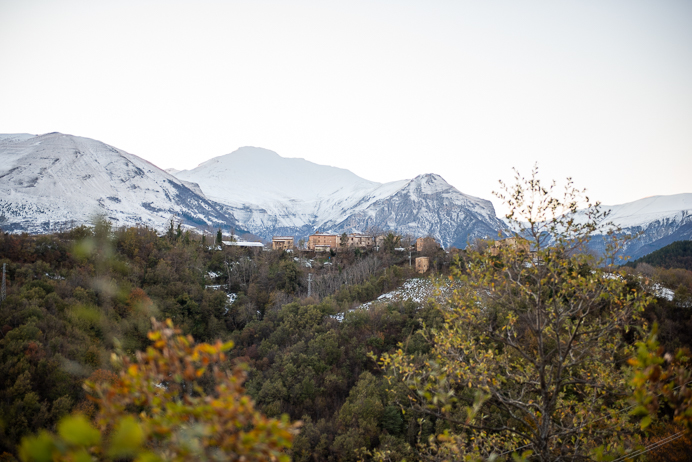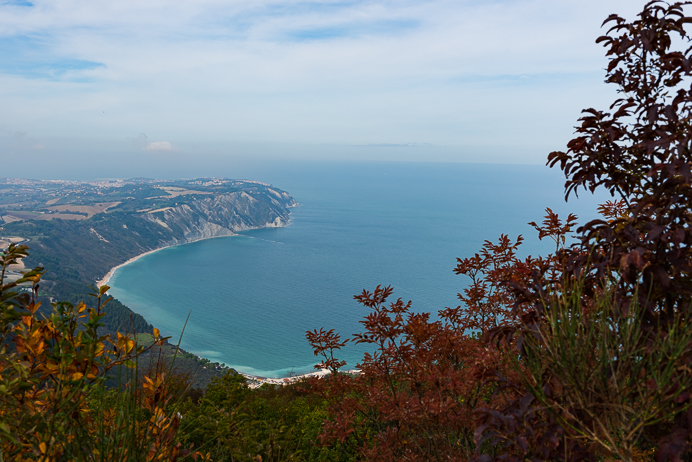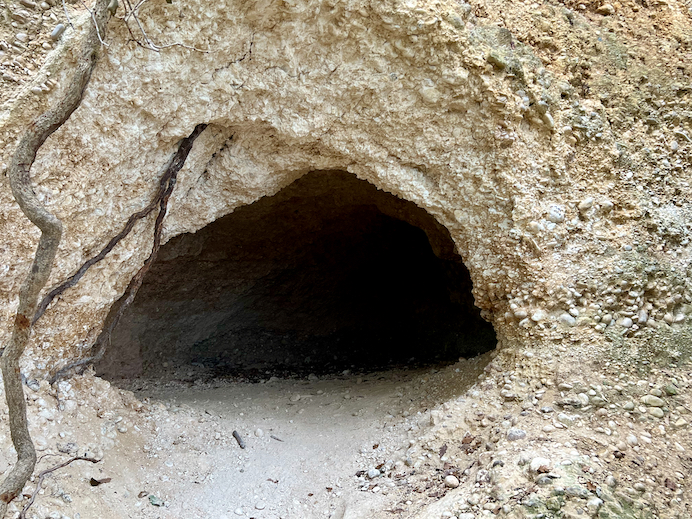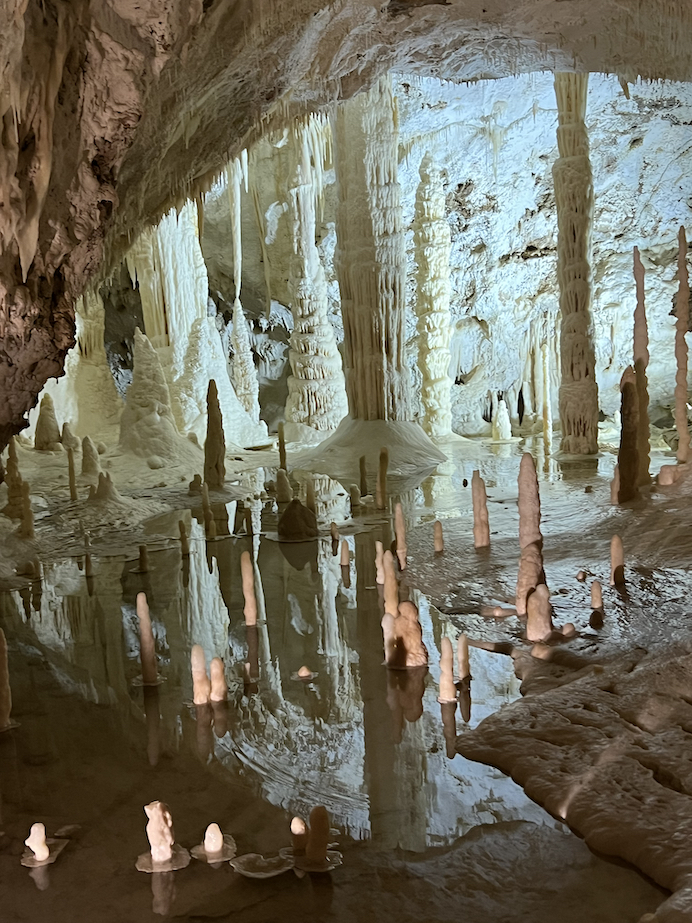
Spring in the Marche brings an air of joy and rejuvenation. Wildflowers bloom, fireflies sparkle, food festivals relaunch in earnest, organized hikes and bicycle excursions abound, and it seems everyone relishes time spent outdoors. The weather is generally good, what few tourists we get have not yet arrived, and our shoulder season offers an excellent value for your stay. Here are our Top 7 ways to enjoy the spring in the Marche.

1. Admire the Wildflowers
First the Mimosa trees explode almost overnight with their yellow blossoms. Then the poppies, everywhere. Some dot the roadways, others cover entire fields of red. Wild orchids of every shape and color adorn the plains. Wildflowers grow everywhere. One of the best places to admire them is the Piani di Ragnolo in the Sibillini mountains where 51 varieties of wild orchids grow.
You can choose to hike independently with our advice or take advantage of the many organized hikes led by licensed and knowledgable tour guides who can identify the plants and explain the local topography.
2. Cycling
The Marche has significantly improved their cycling facilities in the past few years, adding new cycling routes, repair facilities, and e-bike charging stations. Our hilly area in between the mountains and the sea is perfect for any type of bicycle, and in the spring, it’s less hot and busy. Cycling the ring route around the Sibillini Mountain National park was “the best day on a bike” one guest has ever had. Numerous bike paths nearby offer something for everyone, and we can arrange bicycle rentals and guides.
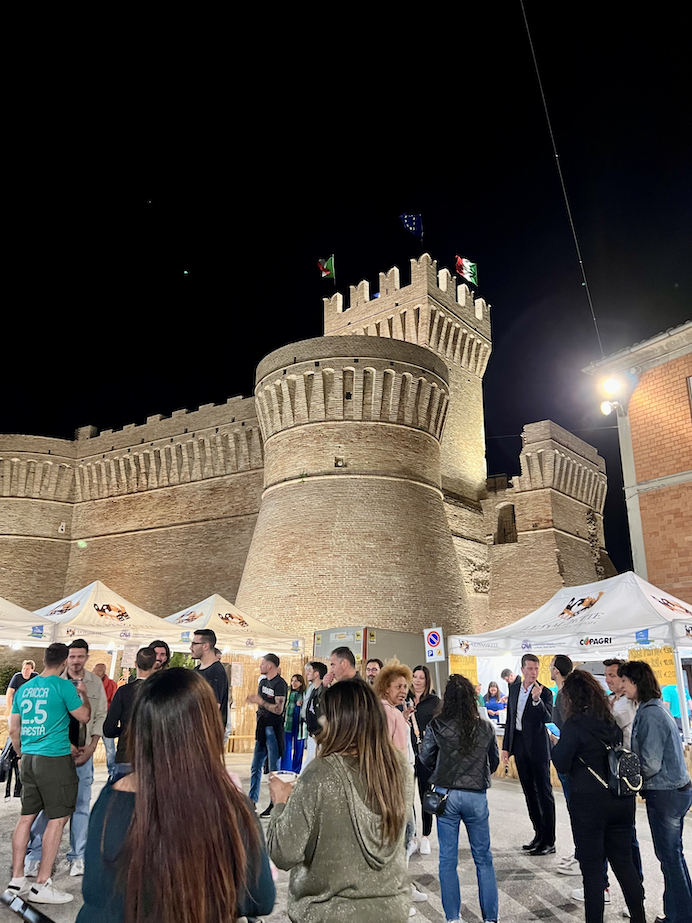
3. Partake in a Festival
Sagra is the Italian word for a food festival and you’ll see signs advertising, for example, the Sagra dei Carciofi, a food festival to celebrate the prized artichokes in Montelupone. Or the Festa dell’Europa that Macerata throws every May that celebrates foods and drinks from all over Europe. Cessapalombo hosts a Sagra del Fungo, a mushroom festival!
Food Festivals usually have tents with a variety of food items available to choose from and communal tables to eat at, so it’s a great way to meet locals. Every festival has live music or a DJ and many have kids activities.

4. Try our Local Wines
Spring is a great time to visit our many local award-winning wineries. Winemakers are pruning and getting ready for the new season. During the Cantine Aperte weekend in May, local winemakers open their doors for tours and tastings. It’s a fun casual event with many wineries offering food and an opportunity to picnic in the vines.
We are near the special region of Serrapetrona, which only has a handful of producers who make Vernaccia di Serrapetrona wines in three different styles with the native grape found only here. We are in the Rosso Piceno DOC region and the area winemakers usually blend Montepulciano and Sangiovese to make Rosso Piceno. We are also in the special area of Ribona DOC, another native grape, this one white, that is very typical and has a long local heritage. Additionally, we are near the two Verdicchio regions that use the same grapes but due to the climates, the wines have two different tastes.
We can recommend our favorites and make appointments for you to visit independently, or we have an excellent Wine and Food guide who will create an unforgettable day based on your tastes. If you prefer not to drive, our local winery, Saputi, offers a Private Wine Tasting experience poolside, at the house, paired with local foods.

5. Go on a Hike
Spring is a great time to hike, especially in the Sibillini mountains. The snowmelt makes for great waterfalls and, as mentioned above, fabulous wildflowers. The nearby Abbadia di Fiastra Natural Park often hosts concerts outside and is a very tranquil place to walk. Many ancient hermitages scattered around the area also have lovely walking trails.

6. Attend a Medieval Festival
Spring marks the beginning of our medieval festivals- reenactments in traditional costume with competitions, tournaments, races, and more. Each district of a village flies their flag and they compete for the victory. Chances are you’ll find music, parades, performances, street food, fire shows, and much more fun!
Camerino’s Corso Alla Spada e Palio is in May and the Palio di San Ginesio starts events in June.

7. Hit the Beach
Spend a day by the Adriatic Sea under an umbrella! Enjoy a fresh seafood lunch along the coast without crowds. This year, we were on the beach in April! Our nearest beaches in Civitanova Marche are awarded Blue-Flag status for their environmental quality, and are an easy 30 minute drive away. The north beach is sandier and more shallow and the south is rockier and has deeper water.
Book your spring holiday at Casa Pace e Gioia now to ensure your preferred dates, and if you would like, we would be delighted to help plan an unforgettable vacation.
